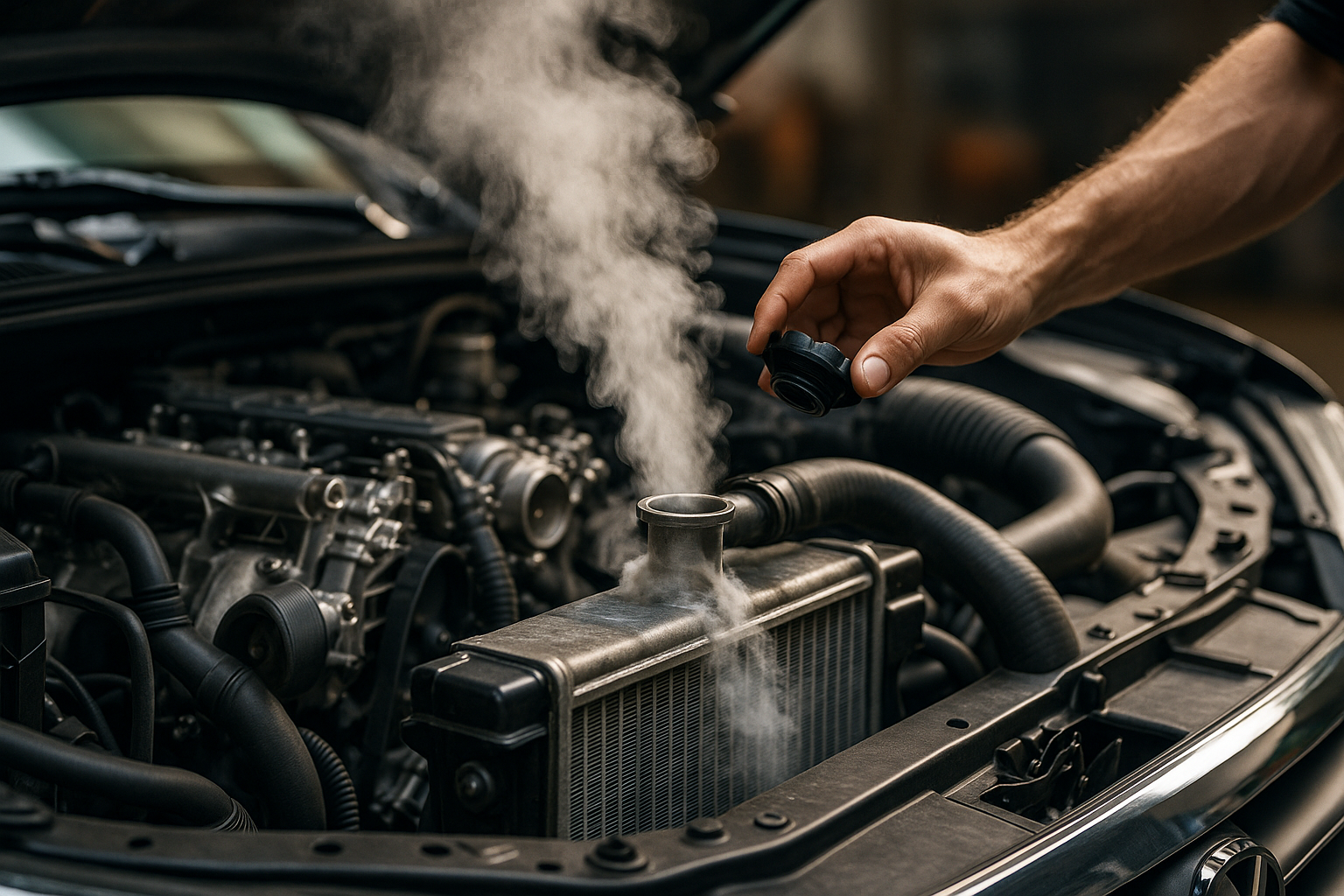Essential Insights on Finding Affordable Car Parts: Local and Online Solutions Explored
Finding affordable car parts doesn't have to drain your wallet or compromise your vehicle's performance. Whether you're dealing with routine maintenance or unexpected repairs, understanding your options for sourcing quality replacement parts can save you hundreds of dollars while ensuring your car runs smoothly. From local salvage yards to online marketplaces, numerous solutions exist to help car owners access the parts they need without breaking the bank.

Understanding the Basics of Affordable Car Parts
Affordable car parts encompass a wide range of replacement components that offer good value without sacrificing essential quality standards. These parts typically fall into three main categories: used original equipment manufacturer (OEM) parts, aftermarket alternatives, and remanufactured components. Used OEM parts come from vehicles in salvage yards and maintain original specifications, while aftermarket parts are manufactured by third-party companies to meet or exceed OEM standards. Remanufactured parts undergo restoration processes to return them to like-new condition, offering a middle ground between new and used options.
Exploring Local Sources for Quality Replacement Parts
Local automotive suppliers provide several advantages for parts shopping, including immediate availability and hands-on inspection opportunities. Auto salvage yards, also known as junkyards, offer used OEM parts at significantly reduced prices, often 50-70% less than new equivalents. Local auto parts stores like AutoZone, O’Reilly Auto Parts, and NAPA maintain extensive inventories of aftermarket components with knowledgeable staff who can verify compatibility. Many independent mechanics also sell parts directly to customers, leveraging their wholesale relationships to offer competitive pricing while providing installation expertise.
Assessing the Benefits and Drawbacks of Online Parts Purchasing
Online parts purchasing offers unparalleled convenience and competitive pricing through platforms like Amazon, RockAuto, and FCP Euro. The primary benefits include extensive selection, detailed product specifications, customer reviews, and often lower prices due to reduced overhead costs. However, drawbacks include inability to physically inspect parts before purchase, potential shipping delays, and compatibility verification challenges. Return processes can be cumbersome for incorrect parts, and installation support is typically limited to online resources rather than face-to-face assistance.
Comparing OEM and Aftermarket Parts: What to Know
OEM parts are manufactured by the same companies that produced your vehicle’s original components, ensuring perfect fit and maintaining warranty compliance. These parts typically cost 20-40% more than aftermarket alternatives but offer guaranteed compatibility and quality standards. Aftermarket parts are produced by independent manufacturers and often provide comparable performance at lower costs, with some premium aftermarket brands exceeding OEM specifications. While aftermarket parts may void certain warranties, they frequently offer improved features, better materials, or enhanced durability compared to original components.
Expert Tips for Ensuring Compatibility and Installation Success
Successful parts replacement begins with accurate vehicle identification using your VIN number, which provides specific engine, transmission, and trim information. Always verify part numbers against your vehicle’s specifications, as similar models may have different requirements based on production dates or optional equipment. Take photographs of existing components before removal to reference proper installation procedures, and consider purchasing basic tools like torque wrenches to ensure proper fastener tightening. When in doubt, consult professional mechanics for complex installations, as improper installation can lead to safety issues or additional damage.
Real-world pricing varies significantly based on part type, vehicle make and model, and source location. Common brake pads range from $25-80 for aftermarket options compared to $60-150 for OEM versions. Oil filters typically cost $8-25, while air filters range from $12-35. Online retailers often offer the lowest prices, with local stores providing immediate availability at modest price premiums.
| Part Category | Local Store Price | Online Price | Salvage Yard Price |
|---|---|---|---|
| Brake Pads | $40-100 | $25-80 | $15-50 |
| Alternator | $120-250 | $80-200 | $40-100 |
| Headlight Assembly | $80-300 | $60-250 | $25-75 |
| Radiator | $150-400 | $100-300 | $50-150 |
Prices, rates, or cost estimates mentioned in this article are based on the latest available information but may change over time. Independent research is advised before making financial decisions.
Maximizing Your Parts Shopping Strategy
Successful affordable parts shopping requires balancing cost, quality, and convenience based on your specific needs and mechanical expertise. For critical safety components like brakes or steering parts, prioritizing quality over absolute lowest cost ensures reliable performance and peace of mind. Building relationships with local suppliers can lead to better pricing and personalized service, while maintaining online accounts with reputable retailers provides access to sales and bulk purchasing opportunities. Consider timing your purchases around seasonal sales, clearance events, and manufacturer promotions to maximize savings without compromising quality.
Finding affordable car parts successfully combines research, patience, and strategic shopping across multiple channels. By understanding the differences between part types, leveraging both local and online resources, and prioritizing compatibility verification, car owners can maintain their vehicles cost-effectively while ensuring reliable performance and safety standards.




